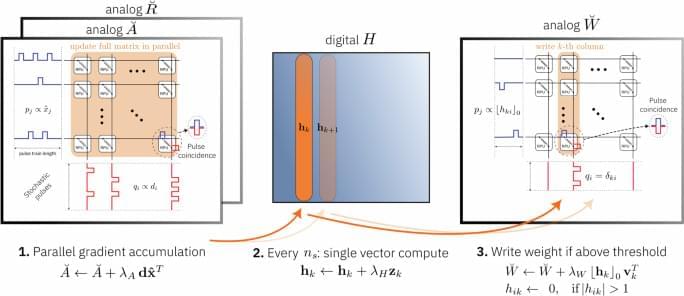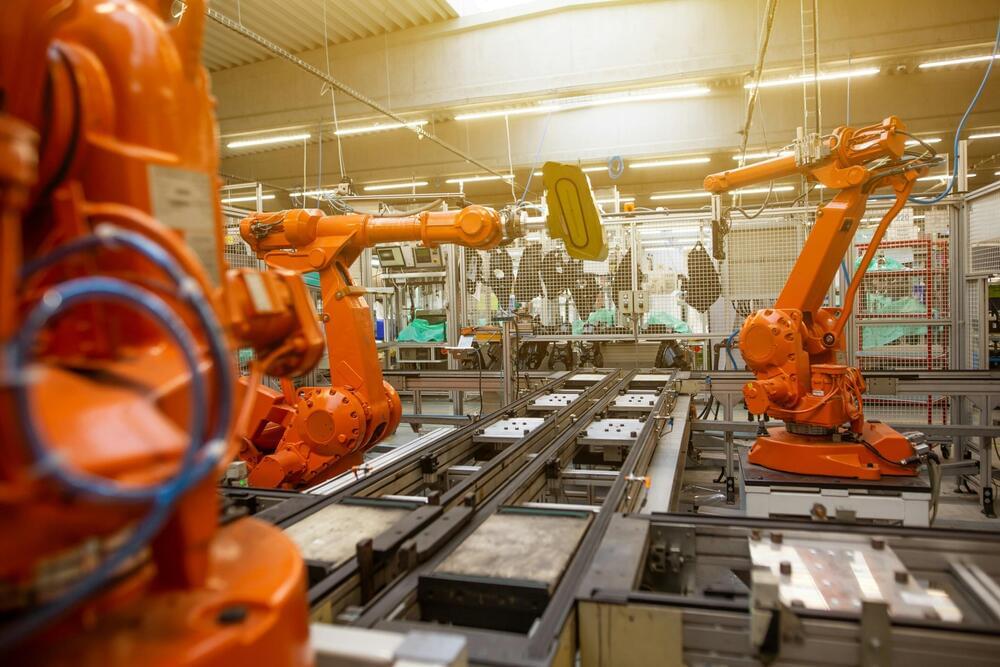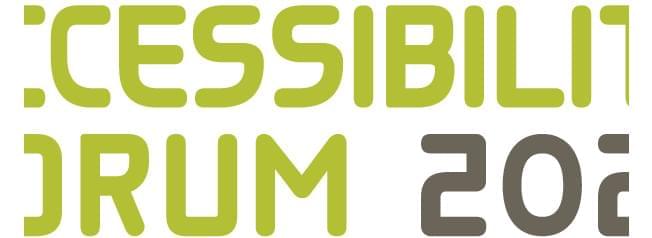Inside the cult of TESCREALism and the dangerous fantasies of Silicon Valley’s self-appointed demigods, for Document’s Spring/Summer 2024 issue.
As legend has it, Steve Jobs once asked Larry Kenyon, an engineer tasked with developing the Mac computer, to reduce its boot time by 10 seconds. Kenyon said that was impossible. “What if it would save a person’s life?” Jobs asked. Then, he went to a whiteboard and laid out an equation: If 5 million users spent an additional 10 seconds waiting for the computer to start, the total hours wasted would be equivalent to 100 human lifetimes every year. Kenyon shaved 28 seconds off the boot time in a matter of weeks.
Often cited as an example of the late CEO’s “reality distortion field,” this anecdote illustrates the combination of charisma, hyperbole, and marketing with which Jobs convinced his disciples to believe almost anything—elevating himself to divine status and creating “a cult of personality for capitalists,” as Mark Cohen put it in an article about his death for the Australian Broadcasting Corporation. In helping to push the myth of the genius tech founder into the cultural mainstream, Jobs laid the groundwork for future generations of Silicon Valley investors and entrepreneurs who have, amid the global decline of organized religion, become our secular messiahs. They preach from the mounts of Google and Meta, selling the public on digital technology’s saving grace, its righteous ability to reshape the world.





